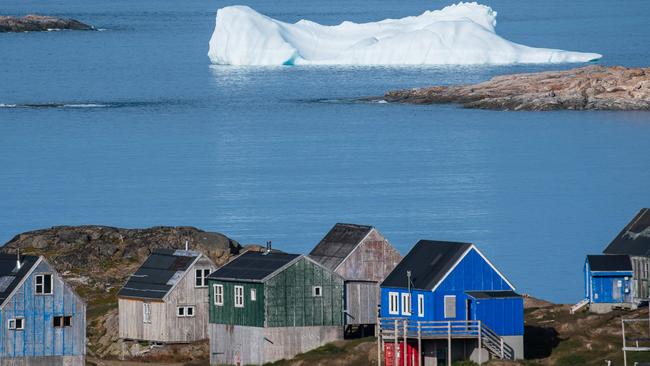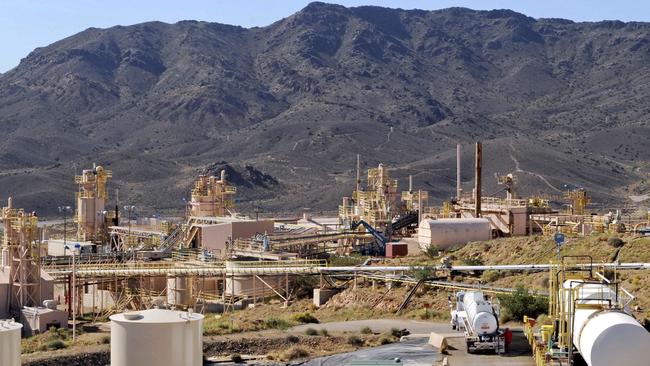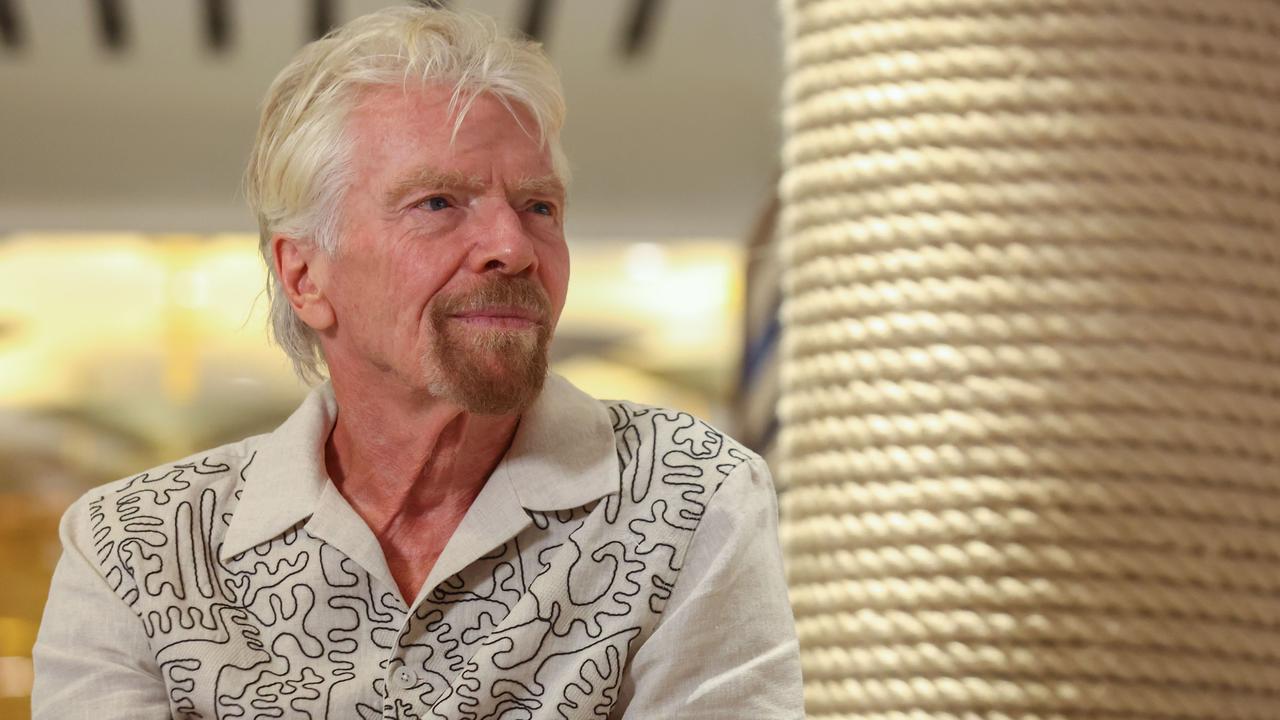The 17 reasons Donald Trump really wants Greenland
The 17 reasons behind Trump’s interest in Greenland, and the Australians who could get caught in the middle.

They are 17 in number and between them are becoming the driving force for the 21st century. Their names are unfamiliar but they power most of our household technology.
Nicknamed the “vitamins of modern life”, these rare earth elements possess unique magnetic and lighting properties that are central to the production of civilian and military technology.
Now, as the trade war with China heats up, the US faces being cut off from the supply of a natural resource crucial to the trappings of modern life: rechargeable batteries, smartphones, missile guidance systems, electric cars and more.
Hence President Trump’s interest in Greenland, which is estimated to hold a quarter of the world’s known reserves of the elements, with names such as scandium, yttrium and neodymium. As things stand, China enjoys an almost total global monopoly.
The first place where they were mined was Mountain Pass in California, which produced most of the global supply for two decades, beginning in the 1960s. However, it was the Chinese who recognised the elements’ strategic importance, almost 30 years ago, and banned foreigners from mining them on home soil before embarking on a campaign to secure the world’s reserves for their use.
In the decades since, China has consolidated its control of the industry, developing domestic mines and hoovering up new deposits in Africa, while building almost all the world’s rare earth processing plants where other nations send their rare earth ore to be purified. It now accounts for more than 90 per cent of the world’s supply of the critical elements.
As Mr Trump’s trade war gathered momentum this year, Beijing threatened to restrict or embargo the export of rare earth elements to the US if relations worsened. Such a move could deal a potentially crippling blow not just to the American economy but to its defences, technology and infrastructure.
The threat has focused attention on how the US allowed itself to become dependent on its rival for such a critical raw material, and what it needed to do to end that dependence. Even Mountain Pass, the original rare earth mine in California, turned to China to do its processing.

Australia, another source of the elements, also sends its ore to China. China digs up 70 per cent of the world’s rare earth ore within its own borders but its plants produce more than 90 per cent of the global output of the processed elements.
The only significant processing plant outside China is in Malaysia, but its future is imperilled by environmental concerns stemming from a public health disaster in the 1980s at an earlier rare earth facility.
The Australian owner of the plant, Lynas, has been locked in a dispute with the Malaysian government over the processing and disposal of low-level radioactive materials mined alongside rare earths. Mahathir Mohamad, the Malaysian prime minister, whose hold on power is already shaky, granted the Lynas plant a temporary operating licence for six months, which expires early next year. Lynas boasts that the plant is capable of meeting a third of the global demand for light rare earth elements.
If Lynas cannot persuade Kuala Lumpur that it has met its safety demands, both the US and Japan could find themselves with no other source of rare earth elements than China, handing it immense strategic power. Despite the name, rare earths are not all that rare in nature: Mountain Pass has gone out of business twice in the past two decades because it was unable to compete with cheaper Chinese supplies that were mined and processed domestically.
It restarted mining this year and is now building its own processing plant, which it vowed to bring on line by the end of next year when China announced that it was raising import duties on rare earth ores for processing to 25 per cent. More will be needed if the US is to wean itself off dependence on the Chinese.
Having turned its back for decades as Beijing secured the world’s reserves, the US now needs to find its own raw supplies. Greenland’s reserves are estimated at nearly 40 million tonnes, a quarter of the world’s 160 million tonnes, but for decades they were inaccessible beneath its thick ice sheets - until global warming began to melt them. Mining was also held off by the territory’s self-imposed ban on uranium extraction, which it dropped in 2013.
Two mines are now under development by Australian companies, one of which has partnered with a Chinese company that will oversee the transfer of ore to China for processing. Extraction, however, is yet to begin and final operating licences have not been granted.
President Trump is not the first leader of the United States to express an interest in Greenland: in 1946 President Truman offered dollars 100m for the territory, seeing it as a strategic buffer against the emerging threat posed by the Soviet Union. Like Mr Trump he was rebuffed.
Greenland, a self-governing territory under the Danish crown, won rights over its own mineral resources in a 2009 self-rule agreement. Faced with American pressure, however, Denmark could step in and rule rare earths to be a strategic material, as China did three decades ago, and thus subject to Copenhagen’s jurisdiction over defence and foreign policy matters.
The Times



To join the conversation, please log in. Don't have an account? Register
Join the conversation, you are commenting as Logout